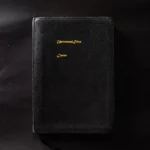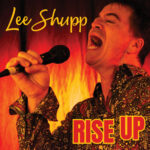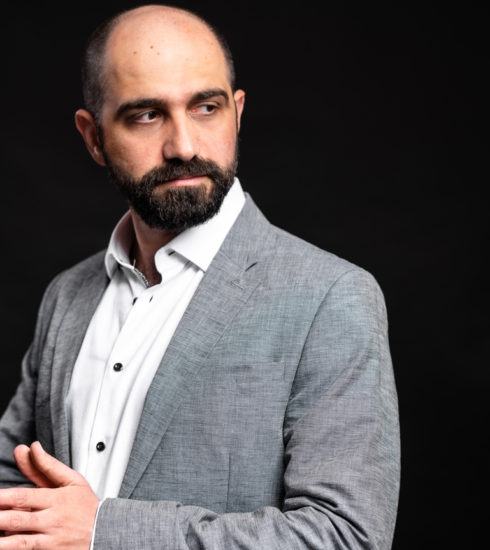Dr. Richard Perkins Hsung Releases “Spring Flower, Book 1: 1931-1951 – A Tale of Two Rivers”
We all when sitting back and looking at lineage ruminate on where our family is from. Particularly with first-generation immigrant families, obviously, this is something never far away. In a beautiful tribute to his mother’s struggle against Maoist Communism and self-determination and citizenship in the United States, Dr. Richard Perkins Hsung compiles, edits, and completes his mother Dr. Jean Tren-Hwa Perkins’ accounts of this struggle, in the process humanizing the immigrant experience in a way that is painfully visceral, and immediate.
TWITTER: https://twitter.com/i/flow/login?redirect_after_login=%2FRichardPHsung
In an era where division has become a cynically investable option, something reminding of us being there no ‘us and them’ when it comes to being an American, and an American success story, proves vital. Dr. Jean Tren-Hwa Perkins and Dr. Richard Perkins Hsung’s effort Spring Flower, Book 1: 1931-1951 – A Tale of Two Rivers, complete with juxtaposing images of the Yangtze and Hudson side by side, heralds this in gripping fashion.
Forget the stresses of the oncoming tax day. Imagine weathering 1931 floods, in a dirt-floored hut along the Yangtze river. Imagine after having the anomalous chance to attend English-speaking schools in China, high school in New York, then a return to China during Japanese occupation and the subsequent Maoist takeover. Imagine as a woman wanting to be in medicine, to be an ophthalmologist, in a country thrust into chaos, watching your loved ones die, the red guard a constant and unpredictable threat. Imagine now having to fight for a chance to participate in the American dream, the very democracy shaping your dreams and hopes for the future. The incredible, some might say mandatory tenacity these kinds of circumstances bring is highlighted through mother and son’s vivid, rich descriptions of the world Dr. Perkins navigated. It’s a serious wake-up call to those uninitiated to true adversity, and a testament to the power of the spirit under unimaginable circumstances.
“Where shall I begin a story that spans more than half a century? I’ve told my story to many people over the years, and quite a few have encouraged me to write it all down and publish it. Some say it’s a fairy tale and can be told to children. I’m not sure about that, but I did have a charmed childhood,” Dr. Perkins writes, at the beginning of the first book. One of the things most enjoyable about Dr. Perkins’ introduction to the telling of her story is her coming across like any other writer. Highlighting the highs and lows of transcribing her story, in a way others can understand. “As the days and months went by, I began to fear I’d never write a single word. My fingers were beginning to feel the onset of arthritis, and I realized I might not be able to handwrite the first draft. Not that long before, I’d had the steadiest hands, but now they were beginning to tremble. So I splurged and bought a typewriter, only to learn that it wouldn’t type by itself like a player piano; I still had to do the work. I sat in front of my new typewriter for hours upon hours, staring at the wall in my dimly-lit studio.
AMAZON: https://www.amazon.sg/Spring-Flower-Book-1931-1951-Rivers/dp/9888552848
So I rented a studio with a window, only to find myself staring at a beautiful young Japanese maple a few feet outside the little window, and suddenly I’d be flooded with memories. I began to gain weight from a year of binge eating, so I changed my strategy. I began to jog along a river path to come up with ideas, which I planned to jot down afterward. But I’d fall asleep at the typewriter the moment I got back, exhausted from the run.”
Nicole Killian








